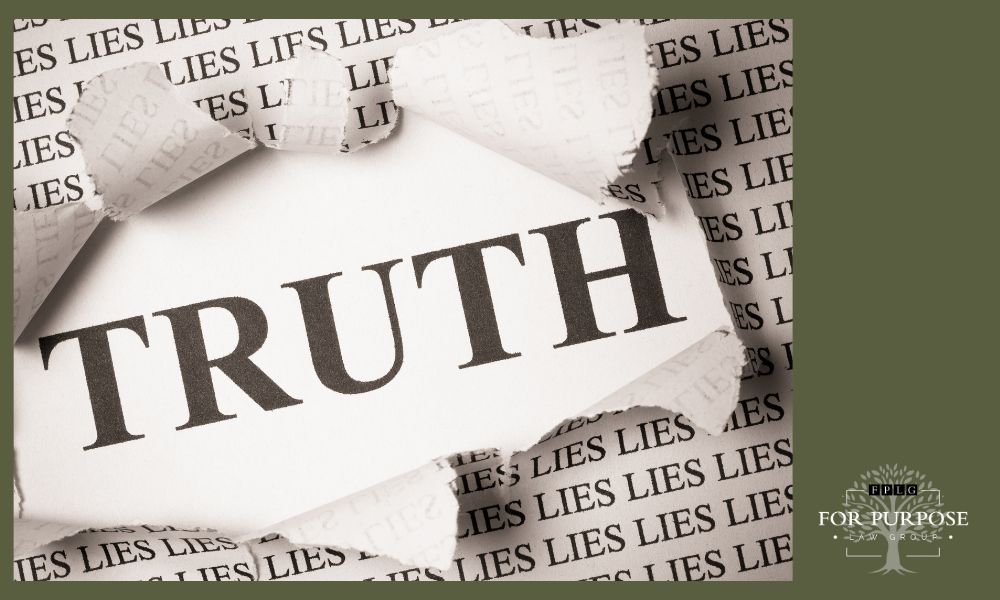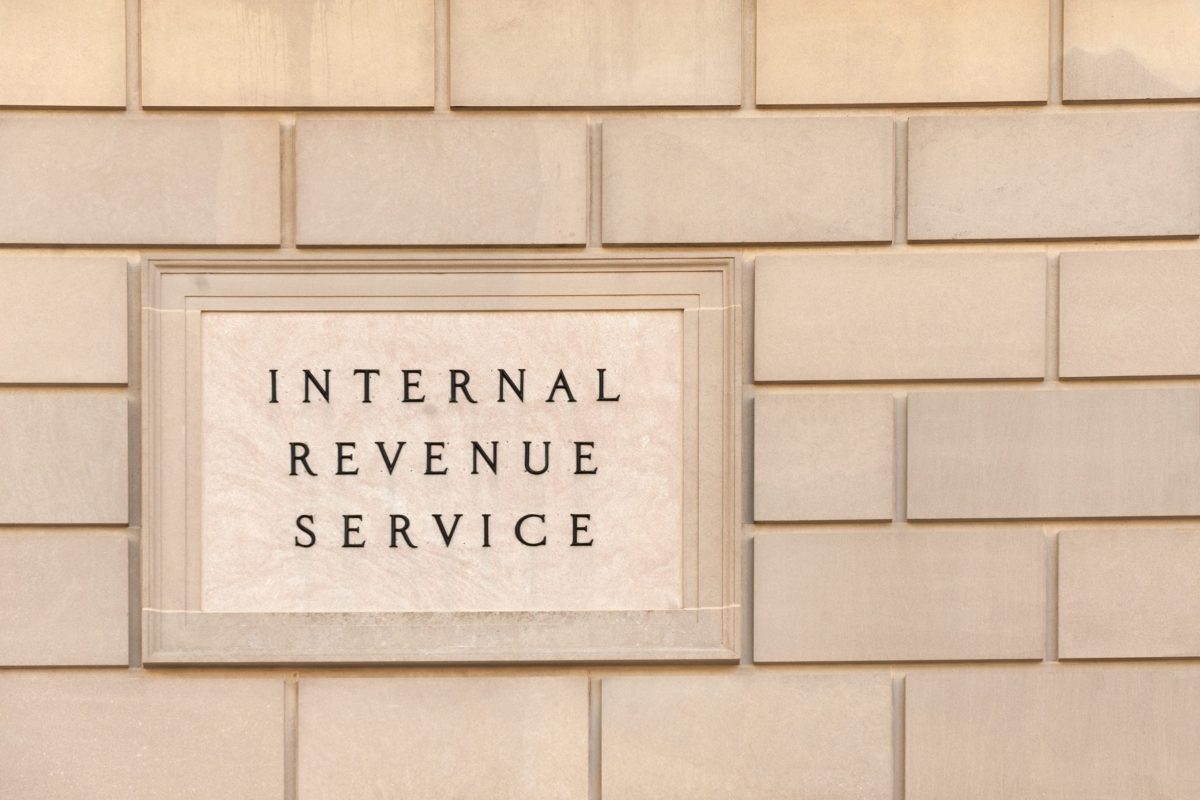
Setting the Record Straight: What the Executive Branch Can and Cannot Do to Nonprofit Organizations
04.21.2025 | May L. Harris, Esq., MA

For many decades, affiliated nonprofit organizations have enjoyed the “administrative convenience” offered by the Internal Revenue Service’s special group exemption procedures. While the program will continue, there are important changes on the horizon; the 4,000 or so “parent” groups in the United States and their more than 440,000 “subordinates” should know about and understand them.
On May 1, 2020, the IRS issued Notice 2020-36, unveiling a proposed new revenue procedure to supersede the long-standing group-exemption rules of Revenue Procedure 80-27 adopted in 1980.
The government has asked for – and encouraged – public comments that are due on or or before August 16, 2020.
In Group Exemptions: A Primer (April 22, 2016), we explained that a “group exemption letter” is a “variation of the usual and customary procedure of recognizing tax-exempt status on individual organizations. In appropriate circumstances, the IRS will officially recognize ‘a group of organizations as tax-exempt if they are affiliated with a central organization.’”
This greatly streamlined path to obtaining and maintaining federal tax-exempt status is particularly popular with, among others, religious groups around the nation as well as disease research and support organizations which often have a national parent and affiliates in local communities. Under this format, each subordinate member of the group is listed on the parent organization’s group-exemption application. There is no need, then, for any of the subordinate organizations to apply for tax exemption separately and submit individual documentation and information. “A group exemption letter has the same effect as an individual exemption letter except that it applies to more than one organization.” Rev. Proc. 80-27 also includes a simplified path to certify and maintain the group exemption on an ongoing basis.
In Group Exemptions: New Procedure (May 2, 2019), we alerted readers to an “important, but not widely publicized, procedural change in the annual reporting requirements.” Under Rev. Proc. 80-27, a parent organization must “submit certain information to the IRS annually in advance of the close of its accounting period.
To facilitate the provision of information under this requirement, the IRS historically mailed each central organization a list of its subordinate organizations for verification and return.” Beginning January 1, 2019, though, the IRS stopped automatically mailing out these lists on grounds that this convenience was (1) not required and (2) imposed a significant administrative burden on the agency whose budget had been slashed left and right in recent years.
What the agency giveth, the agency can taketh away.
No, the group-exemption program is not disappearing. But it’s been forty years since the last major overhaul of the procedures: There has been tinkering around the edges, with “interim guidance and notices that have accumulated over many years.” And there have been changes in tax-exemption statutes and rules in the interim that relate in some way to the group-exemption rules.
In Notice 2020-36, the agency explains that it “has considered how to reduce the administrative burden and increase the efficiency of the group exemption letter program, to improve the integrity of data collected for purposes of program oversight, to increase the transparency of the program, and to increase compliance by central organizations and subordinate organizations with program requirements.”
The result “…[caps] a group exemption review project that has spanned more than a decade.” Many of the agency’s goals for the program, it notes, “are attainable only by updating the procedures currently described in Rev. Proc. 80-27.” For that reason, that Notice includes a proposed new revenue procedure, subject – though – to helpful transition and grandfather rules for existing group-exemption holders.
The 63-page document Notice 2020-36 does not contain – as do many popular articles in newspapers and magazines these days – a convenient advisory at the top letting you know that it is a “4-minute read” or a “7-minute read” or otherwise how it will involve just a modest disruption of your usual quarantine schedule. It’s a heavy – but important read – for the affected organizations and their professional advisors.
The accounting folks over at Ernest & Young LLP have published a helpful and more easily digestible summary of the key provisions; see After 40 years, IRS updates and modifies group exemption program with proposed revenue procedure (May 8, 2020).
They note that “…[f]or many central organizations, the new rules would have very little impact, due to the extensive grandfather rule. But the revenue procedure would create additional administrative burdens for many other central organizations, limit the types of organizations that would qualify as new subordinate organizations, and consequently would likely reduce the total number of group exemptions and subordinates.”
More specifically, “the proposed revenue procedure would add two requirements that a central organization would need to meet (subject to the transition period…) to obtain and maintain a group exemption: (1) have at least five subordinate organizations to obtain a group exemption and at least one subordinate organization thereafter; and (2) maintain only one group exemption.”
In addition, “[c]onsistent with Revenue Procedure 80-27, the proposed revenue procedure would require a central organization to establish that each subordinate organization included in the group exemption be affiliated with the central organization and subject to its general supervision or control. Unlike Revenue Procedure 80-27, however, the proposed revenue procedure defines, and would require subordinates to meet (subject to the grandfather rule …) the conditions of affiliation, general supervision, and control.” (emph. added)
The agency “requests comments on all aspects of the proposed revenue procedure, including applicable grandfather and transition rules.” In particular, though, the IRS invites thoughts – see page 20-21 of the Notice – about three specific matters:
Public comments are due on or before August 16, 2020; instructions are included on pages 20-21.
